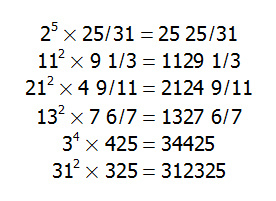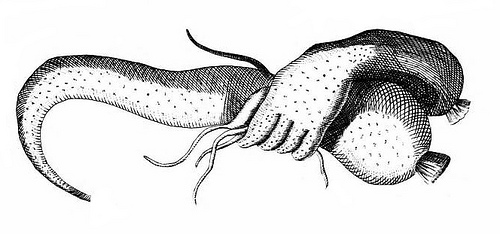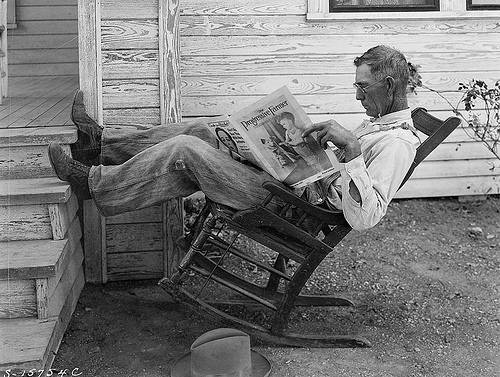
SOUTH DAKOTA shares no letters with its capital, PIERRE. It’s the only such state.

SOUTH DAKOTA shares no letters with its capital, PIERRE. It’s the only such state.

Florence Nightingale had a pet owl. She found it in 1850 on the Parthenon, where it had fallen out of its nest. She named it Athena and carried it away in her pocket, “where I regret to say he ate a live Athenian grasshopper, but failed to make any impression on two small tortoises which I was also bringing to England.”
At home, Athena became Nightingale’s “constant & sociable companion.” He slept in her pocket and nested in a bookcase, “where he made his presence known by uttering a peculiar cry, some 150 times, like a prayer.”
That cry would come to haunt her. The owl died during her preparations for the Crimea, but he visited her dreams as late as 1855, when she was in Constantinople: “Athena came along the cliff quite to my feet, rose upon her tiptoes, bowed several times, made her long melancholy cry, and fled away.”
“Poor little beastie,” she said. “It was odd how much I loved you.”
At 1:17 one afternoon a canoeist left his riverside camp and paddled upstream at 4 mph against a current of 1.5 mph. At 2:05 he passed a corked bottle floating downstream and noticed that it contained a message. He paddled some distance further but finally couldn’t help himself — he turned around and paddled after the bottle. He caught it just as it reached his camp. The message read:
HOW FAR DID YOU GET FROM CAMP BEFORE YOU GAVE IN TO YOUR CURIOSITY?
“There is no reason why the camper should have paid any attention to this odd message, but you know how these things are,” writes Geoffrey Mott-Smith in Mathematical Puzzles for Beginners and Enthusiasts (1946). The camper had noticed a landmark at the point upstream where he’d turned around, so he was able to measure the distance the next day. But he could have reasoned the thing out from the facts. Can you?

“It makes no more sense to talk of changing the future than it does to talk of changing the past. Suppose that I decide to change the future, by having coffee for breakfast tomorrow instead of my usual tea. Have I changed the future? No. For coffee for breakfast was the future. It has been objected to me that the above argument is perhaps misleading. For, it has been said, there is quite clearly a sense in which I can change the future and not the past, and this is because my acts of will determine the future and not the past — I cannot undo what has been done. Now I do not wish to deny that we can causally affect the future and not the past, and indeed this causal directionality of time is part of the problem of the ‘direction of time.’ Nevertheleless I would reiterate that the fact that our present actions determine that future would be most misleadingly expressed or described by saying that we can change the future. A man can change his trousers, his club, or his job. Perhaps he may even change the course of world history or the state of scientific thought. But one thing that he cannot change is the future, since whatever he brings about is the future, and nothing else is, or ever was.”
— J.J.C. Smart, Problems of Space and Time, 1964
Mary Hamilton invented a new crime in 1746 — transvestite bigamy. Dressing as a man and calling herself Charles and George, she convinced no fewer than 14 women to marry her. At a trial in Somersetshire, the 14th wife testified against her “female husband”:
She swore that she was lawfully married to the prisoner, and that they bedded and lived together as man and wife for more than a quarter of a year; during all which time, so well did the impostor assume the character of man, she still actually believed she had married a fellow-creature of the right and proper sex.
The justices found Mary “an uncommon, notorious cheat” and sentenced her to six months in prison and three whippings. “And Mary, the monopoliser of her own sex, was imprisoned and whipped accordingly, in the severity of the winter of the year 1746.”


The parsnip of which a figure is annexed, represents a human hand, particularly the back of it so correctly, that it could not be surpassed by the best painter. This root was bought at the market of a woman who sold vegetables, and as it was shewn to several persons, it came at last into the hands of an engraver. Though roots of this kind, especially of the parsnip species, are not rare, yet there could scarcely be found one that so nearly resembles a human member. Dr. Menzel, however has seen a parsnip which accurately exhibits the figure of a man, complete in all its parts.
— Kirby’s Wonderful and Eccentric Museum, 1820

“Where the press is free, and every man able to read, all is safe.” — Thomas Jefferson
In 1875, the Associated Press reported a novel business enterprise being planned near Lacon, Ill. A prospectus summed it up:
Glorious Opportunity To Get Rich!!! — We are starting a cat ranch in Lacon with 100,000 cats. Each cat will average 12 kittens a year. The cat skins will sell for 30 cents each. One hundred men can skin 5,000 cats a day. We figure a daily net profit of over $10,000. Now what shall we feed the cats? We will start a rat farm next door with 1,000,000 rats. The rats breed 12 times faster than the cats. So we will have four rats to feed each day to each cat. Now what shall we feed the rats? We will feed the rats the carcasses of the cats after they have been skinned. Now Get This! We feed the rats to the cats and the cats to the rats and get the cat skins for nothing!
It was only a hoax dreamed up by local newsman Willis Powell, but, legitimized by AP’s coverage, the story bounced around the country for 65 years before the National Press Club finally debunked it in 1940. There’s a moral here somewhere.
Prove that the number of people who shake hands an odd number of times at the opera next Thursday will be even.